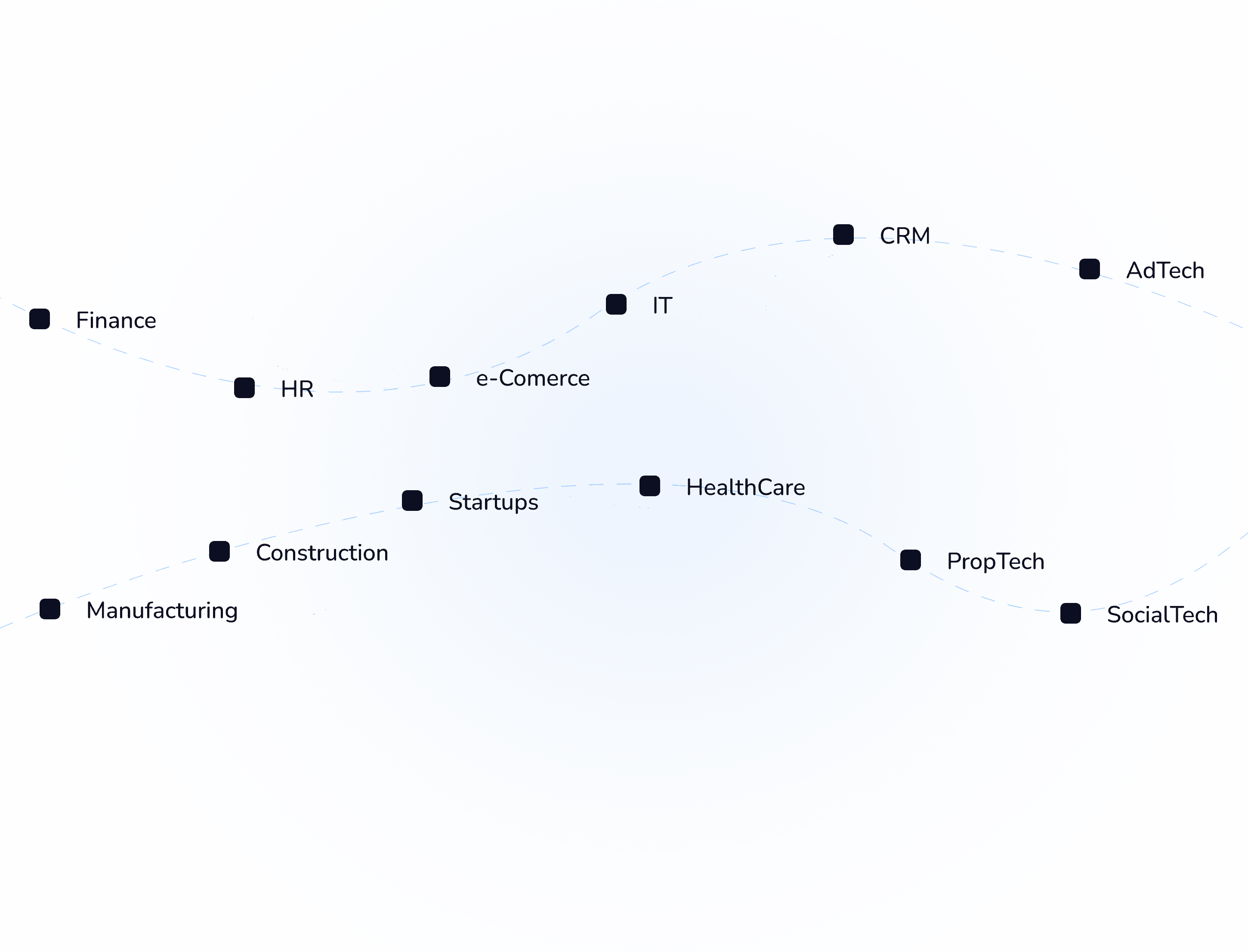Staff augmentation can be categorized based on the duration of the
engagement, the skill set required, and the specific roles needed.
Here are some common types of staff augmentation:
Short-Term Staff Augmentation:
This involves bringing in external resources for a limited time to
address immediate needs, such as filling temporary skill gaps,
meeting tight deadlines, or covering for employee absences.
Long-Term Staff Augmentation:
In this model, external professionals are engaged for an extended
period to support ongoing projects, provide expertise in specialized
areas, or help the company scale its operations over time.
Skill-Specific Staff Augmentation:
This type of staff augmentation focuses on providing professionals
with specific skill sets or expertise that the company’s existing
team may lack. Examples include software developers, data
scientists, cybersecurity experts, or UI/UX designers.
Role-Based Staff Augmentation:
Role-based staff augmentation involves hiring external resources to
fill specific roles within the organization. Examples include
project managers, business analysts, quality assurance specialists,
or system administrators.
On-Demand Staff Augmentation:
This flexible model allows companies to bring in professionals as
needed, on an ad-hoc basis, to address fluctuating workloads or
sudden increases in project demands.
Hybrid Staff Augmentation:
A hybrid approach combines elements of staff augmentation and
outsourcing. Companies may augment their in-house teams with
external resources for specific tasks or roles while outsourcing
other aspects of the project to an external provider.
The choice of staff augmentation type depends on the company’s
unique needs, project requirements, and desired level of integration
with the existing team. By selecting the appropriate staff
augmentation model, organizations can ensure they have the right
resources in place to drive project success and support business
growth.









